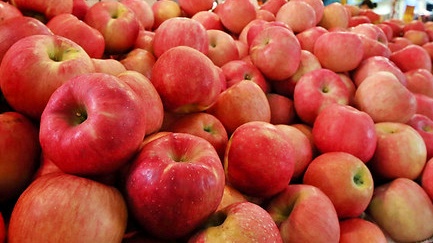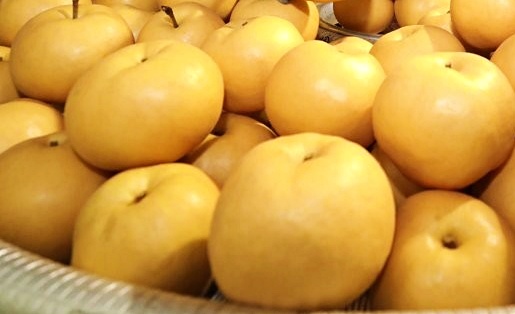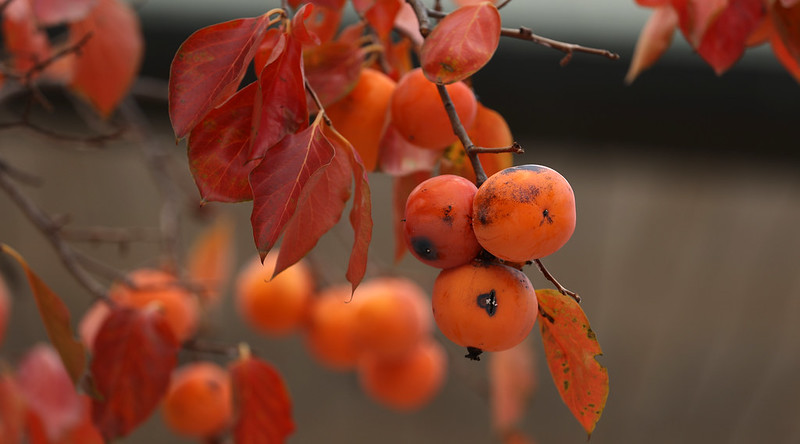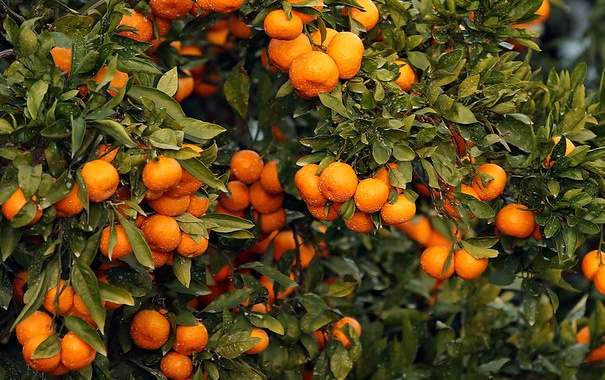- 한국어
- English
- 日本語
- 中文
- العربية
- Español
- Français
- Deutsch
- Pусский
- Tiếng Việt
- Indonesian
By Honorary Reporter Safae Lagdani from Italy
Photo = Korea.net, Yonhap News
Autumn in Korea is known as "the season of the high sky and stout horses," meaning the sky is bright blue and grain ripens. The following are four fruits in the country to try during fall.

Apples (Korea.net)
1. Apples
These wonderful apples both big and red are called "honey apples" by Koreans. The most delicious types are found in Cheongsong-gun County, Gyeongsangbuk-do Province. This region accounts for a large share of national apple output. The county used to produce a large variety of apples but now focuses on the indigenous "sundown" type.

Pears (Yonhap News)
2. Pears
This large and round fruit can be eaten raw or used as a sweetener in sauces. Many grocery stores in Korea usually label the fruit "apple pear," but this isn't a hybrid between an apple and a pear. Growing Asian pears can be labor-intensive, and the fruit is easily bruised due to rough handling, packing or picking, so they need to be packed individually with soft padding and trays. Because of this, the pears can be quite expensive. They are often served to guests or given as gifts.

Persimmons (Korea.net)
3. Persimmons
The persimmon is a Buddhist symbol of transformation because the fruit is green and quite sour before it ripens. As soon it ripens, it changes color to a vibrant orange and its taste grows sweet. Many Koreans eat ripe and dried persimmons, and markets and grocery stores carry them year-round.
The traditional method to dry this fruit is on skewers. The most famous dried persimmon is from Jirisan Mountain because it was offered in the past to the royal family.

Jeju mandarin oranges (Korea.net)
4. Jeju mandarin oranges
This widely popular fruit in Korea is housed on Jeju Island, which is famous for its mandarin orange harvest lasting from fall to winter. According to royal records, such oranges were given 100 years ago to the king as part of royal cuisine out of the reach of most commoners. Jeju grows 40 kinds of these oranges and uses them to make orange juice, jam and other related treats.
enny0611@korea.kr
*This article is written by a Korea.net Honorary Reporter. Our group of Honorary Reporters are from all around the world, and they share with Korea.net their love and passion for all things Korean.